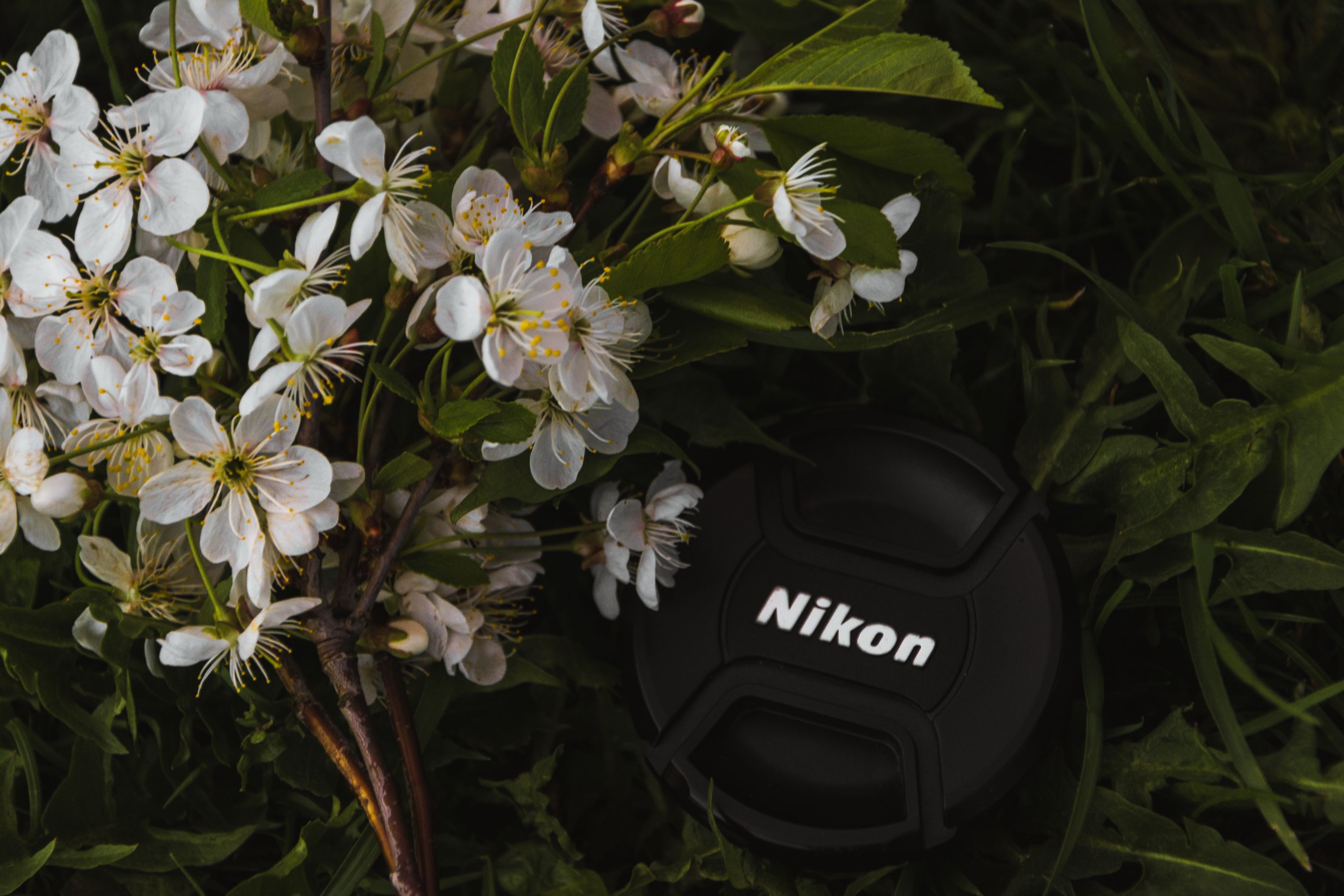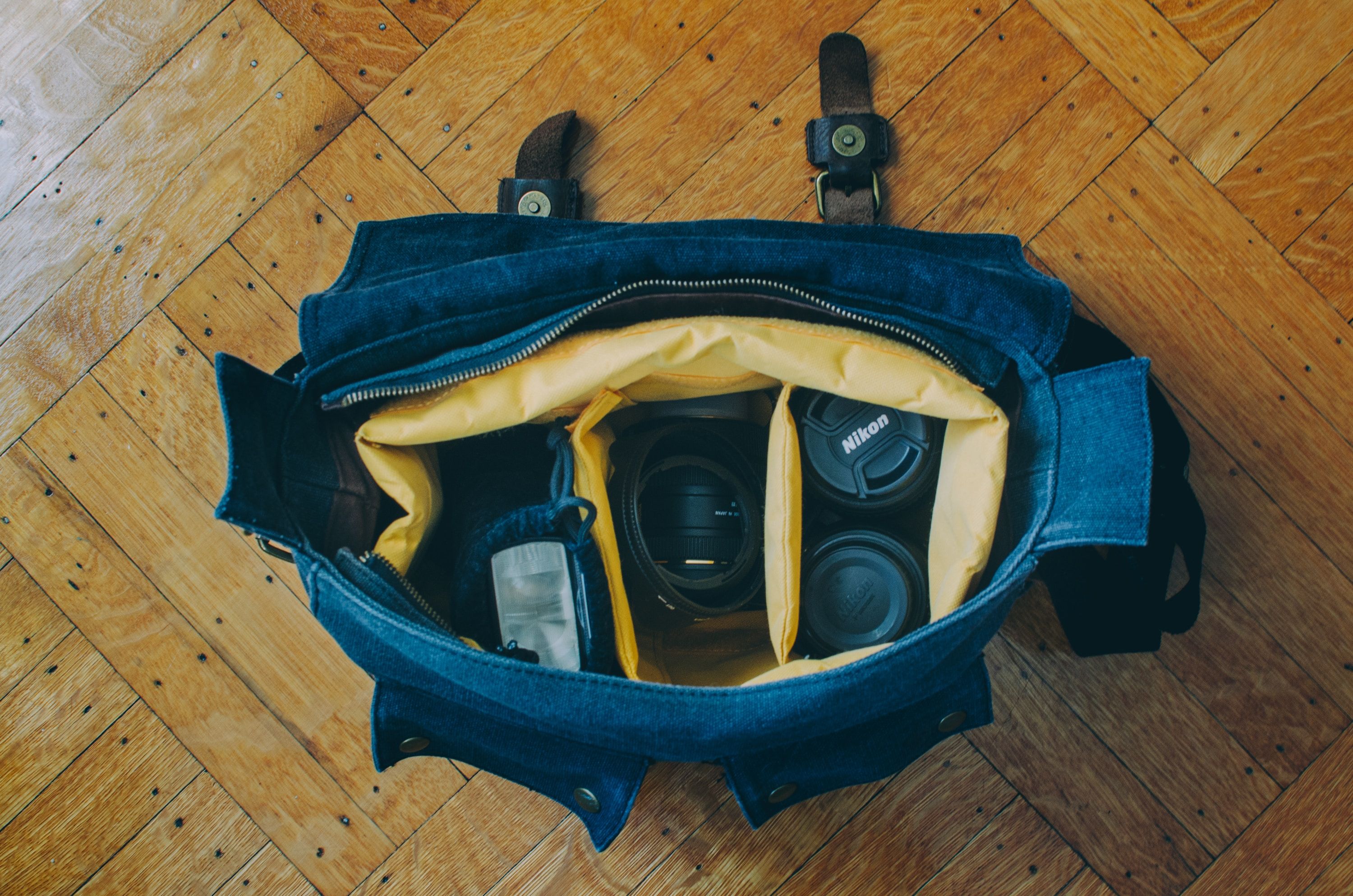
Nikon Z50- A Camera For All
Nikon recently announced a new camera into their lineup, one that is geared with the beginning photographer and consumer in mind. With their Z50 model, Nikon claims that this camera was designed to entice a generation of users who don’t necessarily consider themselves professional photographers.
Specs That Count
Our Favorite Features
Nikon decided to dip their toes in a crop sensor market which has been heavily dominated by Canon, Sony, and Fujifilm over the years, so will their new camera stand up against its competitors? The specifications of Nikon’s Z50 model look promising, with its 20.9 megapixel DX format sensor as one of its main appealing features. Furthermore, the autofocus capabilities on the Nikon Z50 are nothing short of noteworthy. The Z50 has a hybrid autofocusing system that offers 209 on-sensor AF points which cover approximately 90% of the frame and ensures edge-to-edge sharpness. This camera also features Eye-Detection AF (autofocus) as well as an electronic viewfinder, which can be used to help compose your images.
One of our favorite features of the Nikon Z50 is its easily shareable WiFi and Bluetooth capabilities. For instance, with Nikon’s SnapBridge app you can transfer photos and videos from your camera to your cellular device. Additionally, you can also use your Apple or Android phone as a remote monitor to see what your Z50 sees, adjust camera settings, take pictures, and record video.
Another aspect of this camera that sets it apart from its competitors is its tilting screen capabilities. Unlike most full frame cameras, the rear touch screen can tilt up 90° or down by 180°. Because of this, the Nikon Z50 makes for a great selfie-taking camera especially when put on Self Portrait Mode. This setting will allow you to fully view yourself, making it easy to see if you are in frame, and serves as a major selling feature for vloggers.
New Camera, New Glass
With Nikon’s latest camera addition, comes an opportunity for new lenses to be made for it and Nikon did not disappoint in this aspect. Designed with the new shooter in mind, Nikon has engineered two new DX-format Z lenses: a 16-50mm f/3.5-6.3 collapsable kit lens and a 50-250mm f/4.5-6.3 telephoto zoom lens. Of course you can use existing Z range lenses with the new Z50, but it is important to keep in mind the DX crop factor that will come into play. This crop factor is roughly 1.5x -so a 35mm lens becomes a 52.5mm, for instance. However, you can use an FTZ mount adapter to use existing Nikon F-mount DSLR lenses, much like you can with Nikon’s Z6 and Z7 models.

Nikon Z50 vs. Nikon Z6 & Z7
Coming hot off the heels of Nikon’s reinvented mirrorless camera strategy which was initially seen in their Z6 and Z7 model last year, the Nikon Z50 shares the exact same lens mount as these full frame cameras. Where this model differs however, is that the Z50 is the first camera in this lineup to feature a smaller APS-C sized sub-frame image sensor. With this new sensor integration, it means that the camera is much smaller in size and weight. This camera was geared towards the lucrative mid-range consumer who has been interested in investing in a camera, but hasn’t quite pulled the trigger yet due to price and accessibility. When the Nikon Z50 is side by side with the Z6 or Z7 model, the look is very similar, however the Z50 is a miniature version of its predecessors. Nikon has maintained the same high-quality grip and coating that is found on either the Z6 or Z7, causing it to have a good overall feel when in use. However, due to the smaller size of the Z50 the design of buttons and navigational joystick on the camera had to be altered. As a result, there is a mode dial on the Z50 to quickly adjust shooting modes, in addition to dual dials that are located on the front and rear of the hand grip. However like the Z6 and Z7 models, there is a Digic 6 processor which helps facilitate some of the Z50’s highlight features, including 4K video recording at 30 fps and an extended ISO range of 100 to 204,800. Finally, the Nikon Z50 uses a single UHS-I memory card slot compared to the Z6/ Z7’s single XQD card.
The Price is Right
Since the Nikon Z50 is geared toward the novice photographer, it is only fitting that the price was set to match. Unlike most full frame cameras where you must be prepared to drop a hefty amount of money on, Nikon kept your bank account in mind when pricing this camera. Although it is lesser in price than other cameras, quality is definitely not something that was compromised in the making of it. With this said, professional photographers should not turn a blind eye to this new crop sensor camera either, as it could be a good addition to your camera bag for travel. Due to its lightweight properties and small size, the Nikon Z50 is a welcome addition to your equipment lineup as a backup or second choice when venturing out on a location where you want a compact, accessible option for your photography needs.
How To Enhance Your Content
Even though the Nikon Z50 is geared towards the beginning photographer, it doesn’t mean that you wouldn’t want your footage to look at professional as possible. In order to take your content to the next level, a neutral density or ND filter will serve as a handy addition to your Z50 by properly exposing your shots. The QuartzLine collection from PolarPro offers a variety of filter strengths, that are suitable to aide you in any outdoor environment. With its fused-quartz glass construction which offers unrivaled durability and optical clarity, you will never have to worry about falling short when striving to capture perfection.



Keep Your Investment Protected
The Nikon Z50 may be small in size, but that doesn’t diminish the need you may feel to keep your camera protected. Our PolarPro Lens Defender was designed to be the protective first line of defense against dirt, moisture, and minor collisions. Our Defender- Lens Cover is compatible with most professional lenses on the market, and has a dual-density construction which combines a hard, rigid lens plate and an easy to install flexible polymer exterior. Our custom engineered construction ensures a snug and secure fit compared to those standard plastic lens caps and flimsy universal lens covers.

Written by Carly San Filippo
Copywriter at PolarPro



Share:
Peter McKinnon VND: 6 Months Later
3 Tips For Fall Landscape Photography